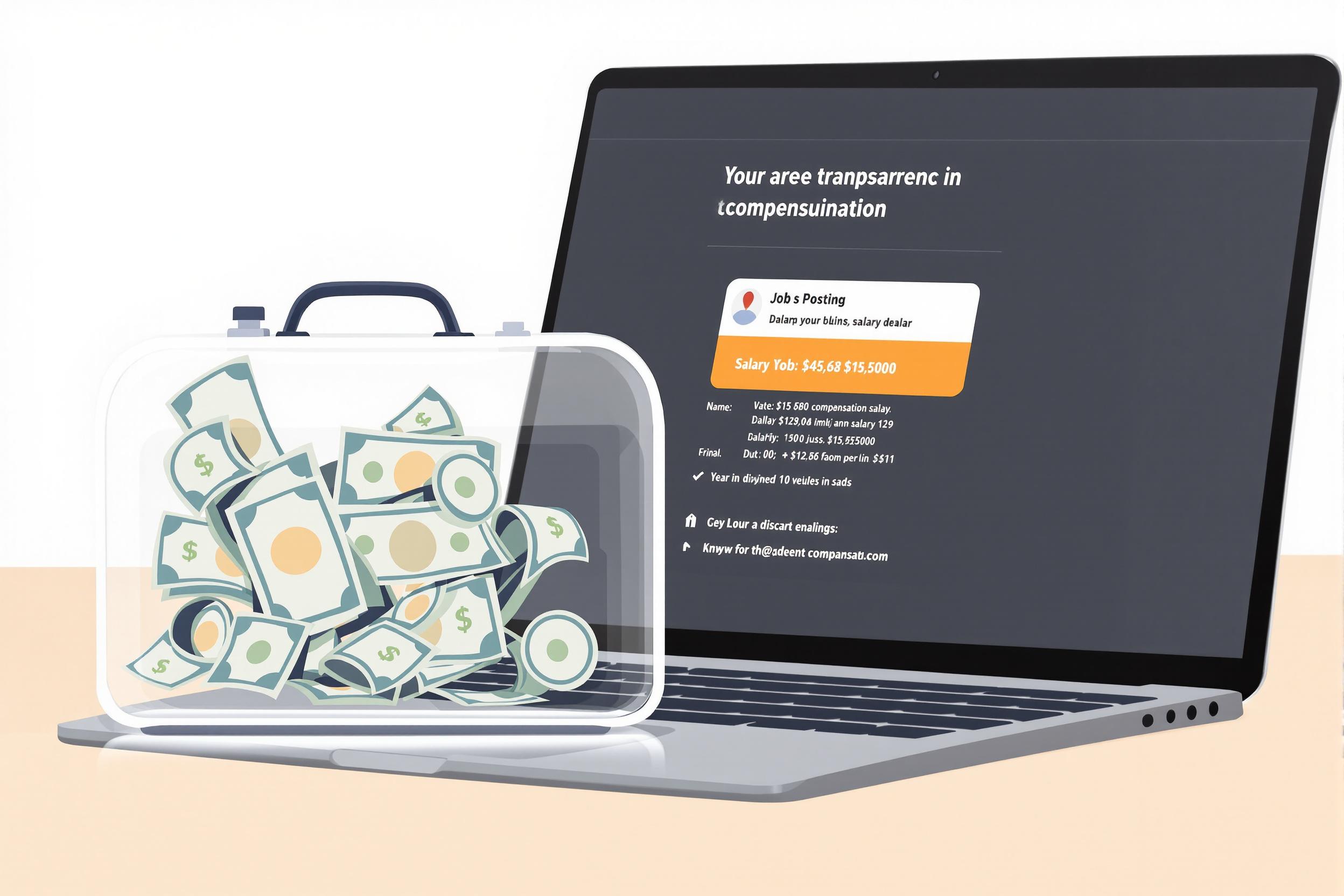
Seaway Bill
A Seaway Bill is a shipping document used in international trade and ocean freight. Unlike a Bill of Lading, it's a simpler, non-negotiable document that serves as proof that goods are being transported. Think of it as a receipt for cargo that's being shipped by sea. Freight forwarding companies often use Seaway Bills when the buyer and seller already know and trust each other, or when the cargo is being shipped between different branches of the same company. It's faster and more convenient than a traditional Bill of Lading because there's no need to present the original document to receive the goods.
Examples in Resumes
Processed and managed Seaway Bill documentation for over 500 shipments annually
Coordinated with shipping lines to issue Seaway Bills for inter-company transfers
Trained junior staff on Seaway Bill and Sea Waybill documentation procedures
Typical job title: "Documentation Specialists"
Also try searching for:
Where to Find Documentation Specialists
Professional Associations
Online Communities
Job Boards
Example Interview Questions
Senior Level Questions
Q: How would you handle a situation where a client insists on using a Bill of Lading instead of a Seaway Bill?
Expected Answer: A senior professional should explain the process of evaluating the client's needs, discussing the pros and cons of both documents, and explaining situations where Bills of Lading are more appropriate, such as when the cargo needs to be sold while in transit.
Q: What are the main risks associated with Seaway Bills and how do you mitigate them?
Expected Answer: The answer should cover understanding delivery risks, explaining verification procedures, and describing systems to ensure the right person receives the cargo, along with experience managing problematic shipments.
Mid Level Questions
Q: What are the key differences between a Seaway Bill and a Bill of Lading?
Expected Answer: Should explain that Seaway Bills are non-negotiable, don't require original documents for delivery, are faster to process, and are typically used for trusted parties or internal company transfers.
Q: Describe the process of issuing a Seaway Bill from start to finish.
Expected Answer: Should outline the steps from receiving shipping instructions, verifying information, entering data into the system, getting carrier approval, and final issuance to the client.
Junior Level Questions
Q: What basic information must be included on a Seaway Bill?
Expected Answer: Should list essential elements like shipper details, consignee information, cargo description, vessel details, ports of loading and discharge, and container numbers if applicable.
Q: When would you typically use a Seaway Bill instead of other shipping documents?
Expected Answer: Should mention common scenarios like shipments between company branches, trusted regular customers, or when quick cargo release is needed without original documentation.
Experience Level Indicators
Junior (0-2 years)
- Basic document processing
- Data entry accuracy
- Understanding of shipping terms
- Communication with shipping lines
Mid (2-5 years)
- Complex documentation handling
- Problem-solving shipping issues
- Client relationship management
- Understanding of international trade rules
Senior (5+ years)
- Strategic documentation planning
- Team leadership and training
- Risk management
- Process improvement implementation
Red Flags to Watch For
- Confusion between different types of shipping documents
- Poor attention to detail in documentation
- Lack of knowledge about international shipping terms
- No experience with shipping software systems
Need more hiring wisdom? Check these out...

Workforce Solutions Aggregators: The Next Big Thing You Didn't Know You Needed

Salary Transparency Laws: What HR Leaders Need to Know

From Farewells to Future Allies: Transforming Exit Interviews into Lifelong Connections

